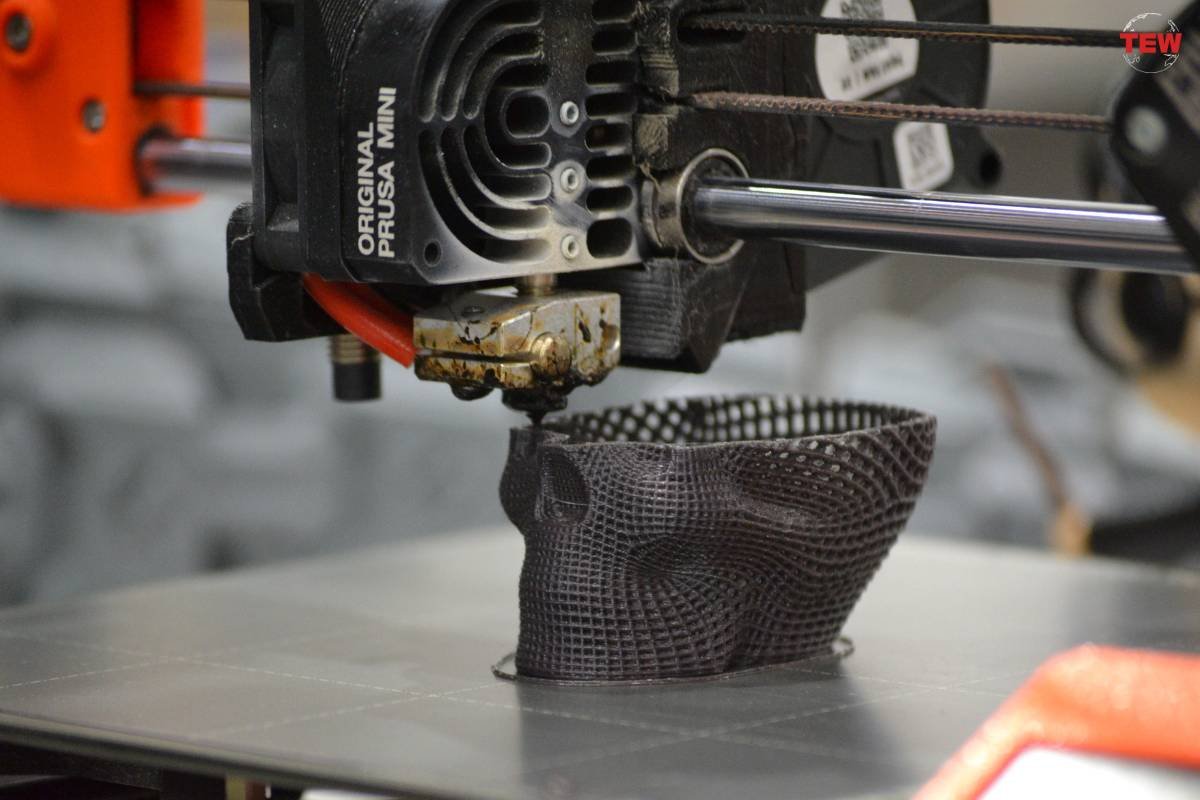The digital supply chain can have two definitions. One is the digital aspects of the physical chain, and the second can be the chain technology companies that are involved in the delivery of digital products. When we say that the digital supply chain is the digital aspect of a physical chain, it means the implementation of the new technologies in the traditional supply chains. In the wake of digitalization, the implementation of new technologies is making a way beyond the processes that were thought to be possible using the traditional processes.
Considering the current scenario of digitization, speculations are made that a digital supply chain would be the most dominant model in the coming years.
Many companies now devote their time to improving their supply chains, and just a few, who have turned to digitalization, have been able to discover the potential of the digital supply chains. The companies that are digitizing their supply chains to the maximum potential are expected to have an annual boost in their revenues.
Because of the disparity in the technologies, the digital supply chains have not evolved much in the past and that has led to inefficiencies in the operations. These inefficiencies in the supply chain added greater pressure on the functioning of the greater companies and ultimately affected the product pricing. But the way the logistics work has changed today, considering the incorporation of machine learning, IoT, big data has made the working of logistics even more efficient, sophisticated, and interconnected. And the consequent application of these technologies in the Digital Supply Chains has made it efficient.
Even though digitization has taken over almost all the sectors of the industry, there still are loopholes in the field of logistics, which can be managed effectively. One thing that is holding the efficiency of the companies back is the lack of visibility in the supply routes. This has created limitations and has made the entire process very time-consuming and inefficient. The shipments that are to be delivered or received have a high susceptibility to several challenges which include low tractability, or vehicular breakdowns ineffective delivery. All of these factors comprise the violation of the service level agreements and can ultimately lead to decreased customer satisfaction.
The emergence of new cutting-edge technologies such as cloud computing, cognitive computing, IoT, blockchain, big data, machine learning, has proved to be a benefit to the modern supply chain. But the important question is that apart from the superficial changes, how will it really transform the traditional supply chain. The usage of the IoT has paved a way for a systematic data-driven approach and has helped to facilitate smoother operations in the companies.
The resource utilization has also become evidently efficient because of the data-driven interconnected nature of the supply chains. Emerging technologies like the blockchain have proved to be effective in wide-ranging logistical use cases. The functioning of the blockchain is decentralized and distributed which means that it stores information in individual blocks which then cannot be altered. And this makes it more reliable. The automation of the processes also makes sure that there are very little human intervention and almost zero errors in the process.
The customer expectations are now growing and to keep up with these trends and the changing requirements of the industry, the Digital Supply Chains have to be even more precise, faster, and even more granular.
You may also like–
Innovative Trends in Manufacturing Industry
For recent and latest updates regarding business news, industry trends, etc. Please subscribe to Newsletter from “The Enterprise World” at “Subscribe“.





